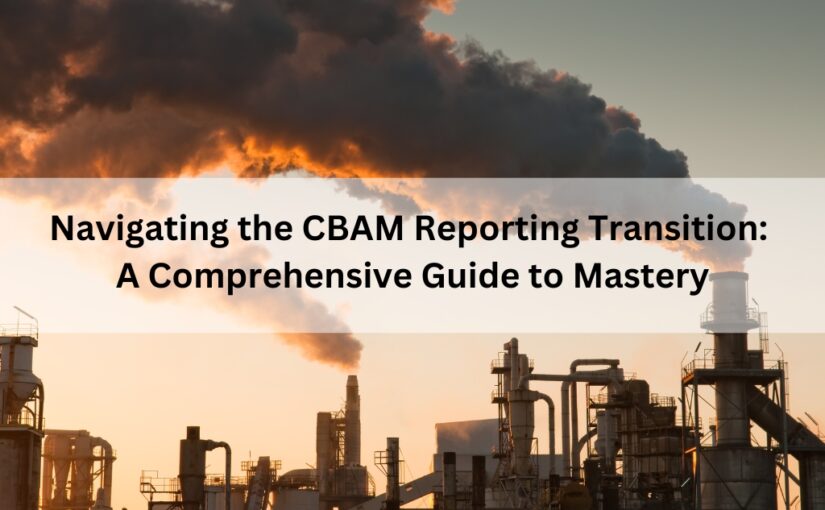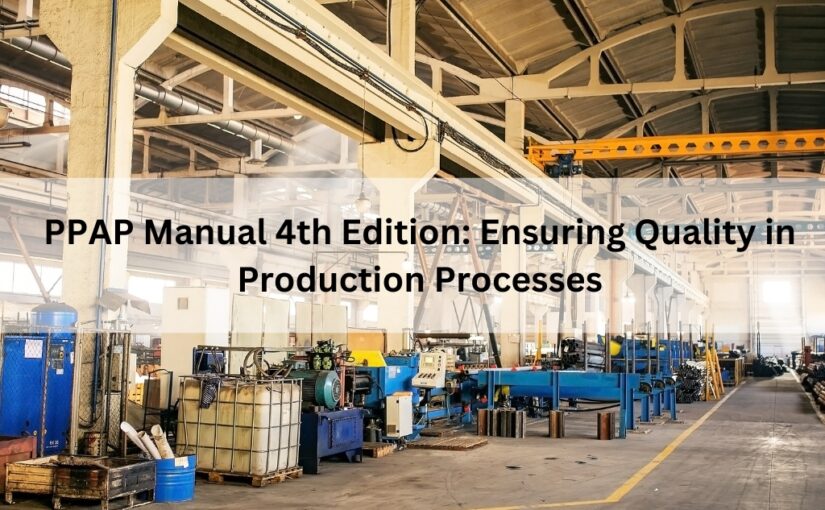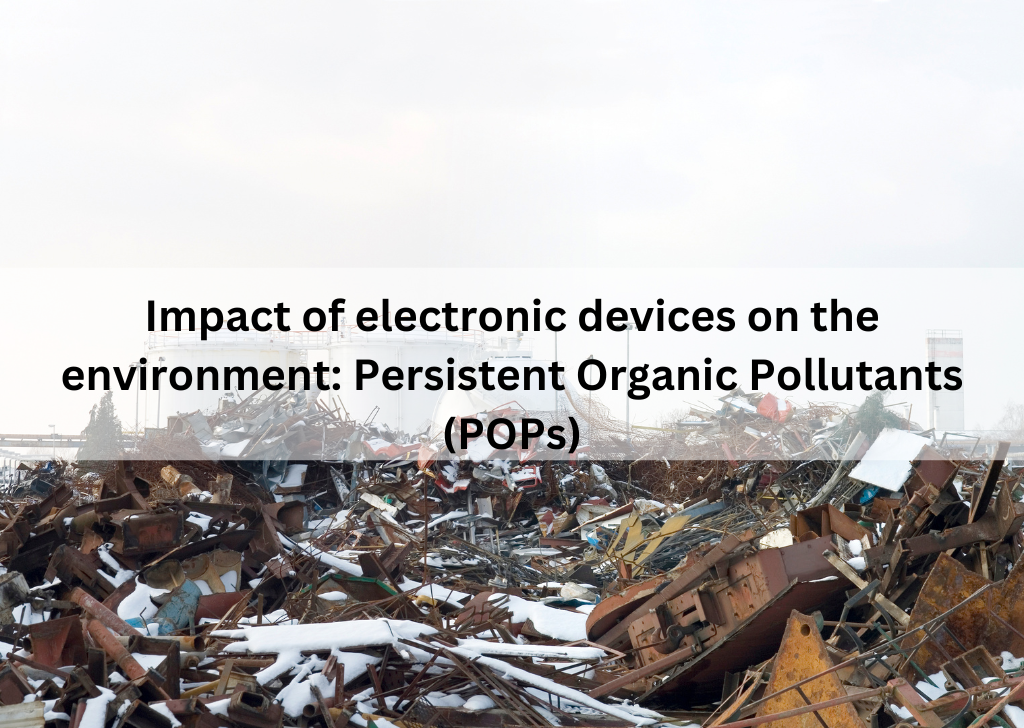When WEEE Compliance Can Cause Problems For Hardware Designers
The RoHS WEEE directive specifically forbids the use of lead in electronic components, unless the lead content is 0.1% or lower. This has effectively seen the end of tin lead (SnPb) finishes to a large extent, as component manufacturers switch to non-lead finishes. Some categories – for example, medical instruments and FPGA design for monitoring and control – were exempt. However, these exemption dates are coming to a close, causing headaches for mechanical engineering companies such as medical suppliers and aerospace firms.
Many applications are committed to using SnPb components – often, the product lifespan covers decades, rather than years – forming major problems in obsolescence management if component manufacturers suddenly stop making them. It’s not always as easy as switching to a non-lead finish. The impact of using lead-free component technology in the aerospace industry was considered so serious that it led to the formation of the Lead-free in Aerospace Project (LEAP) working group, in partnership with the Aerospace Industries Association Government Electronics and Information Technology Association (GEIA).
LEAP is an international group which includes members from both the EU and USA. It includes representatives from the world’s major aircraft and defence contractors, as well as mid-tier component manufacturers and mechanical engineering companies. When you’re building military aircraft, obsolescence management has to be tightly controlled, and the LEAP-WG has been feverishly working since before the RoHS directive was ever introduced, developing guidelines and acceptable lead-free practices for the aerospace industry.
With the right obsolescence management tools, you can always be prepared. If you have RoHS/ WEEE worries, we at Enventure Technologies have solutions you can trust.










